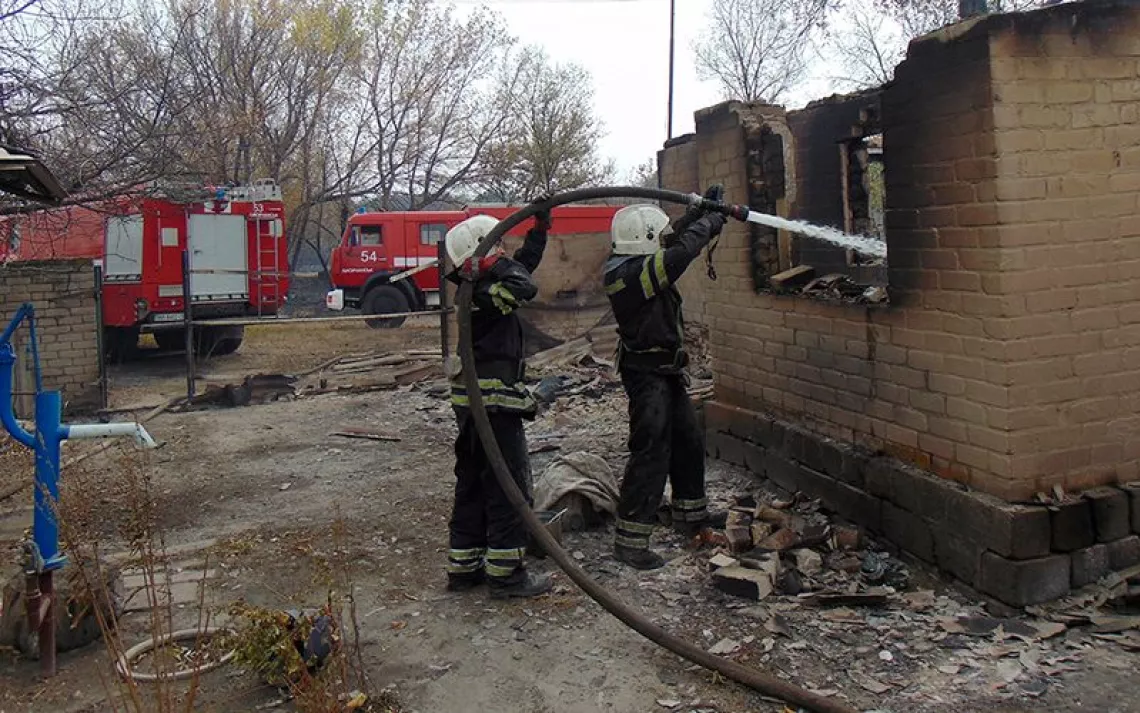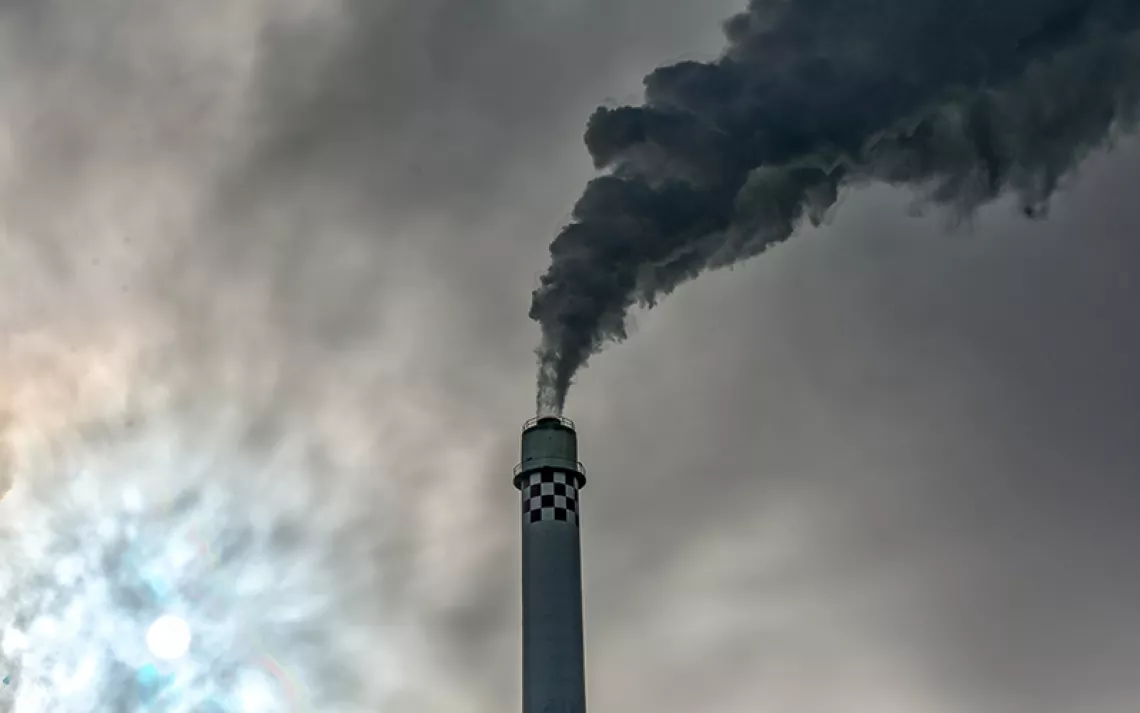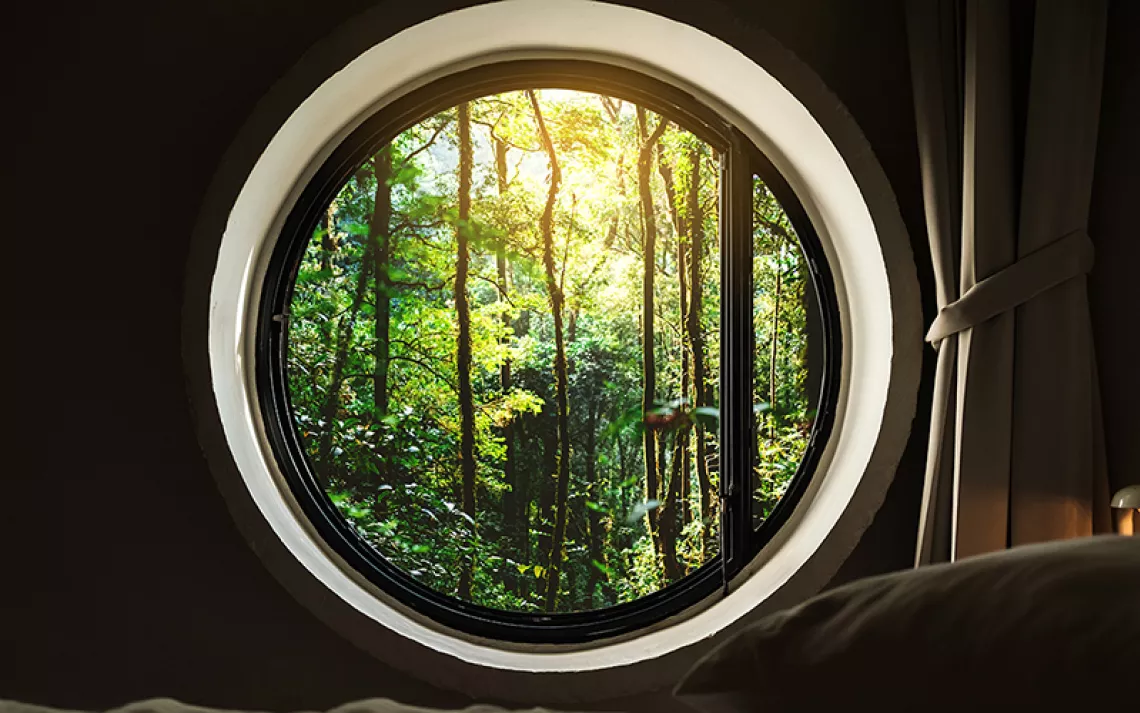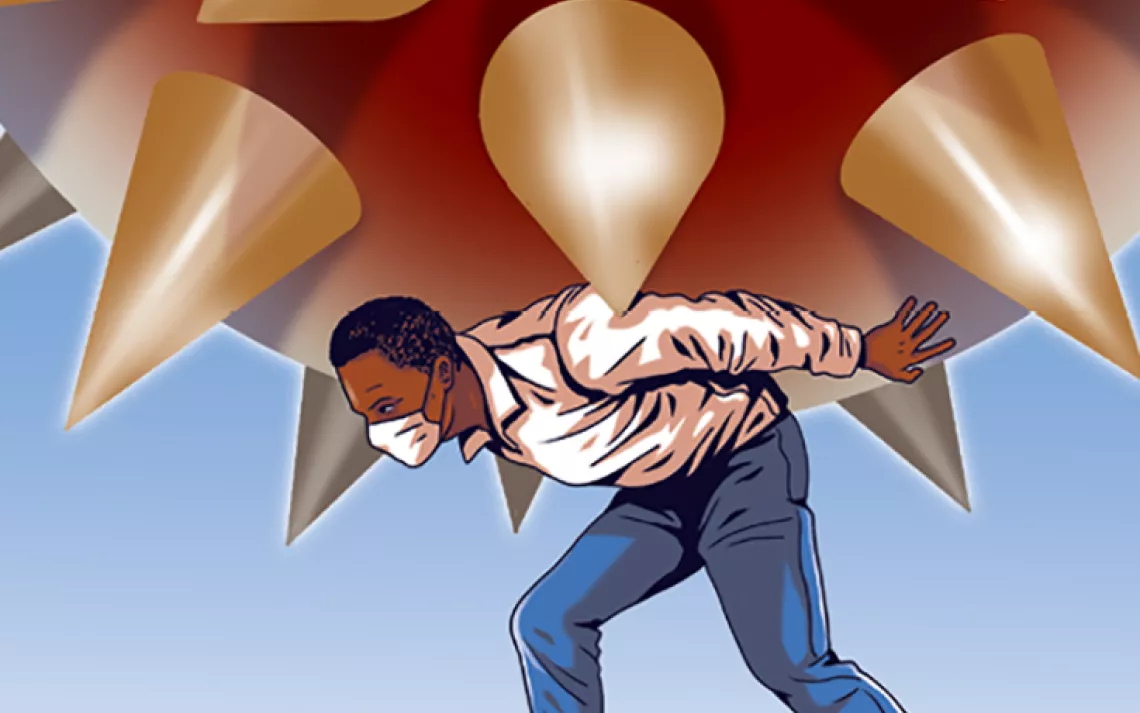Ride Out the Coronavirus in Your Backyard, Not the Backcountry
Residents in gateway communities ask visitors to stay home

Angels Landing, Zion National Park | Photo courtesy of the National Park Service
Visitors are surging to national parks as people across the country seek relief from coronavirus shelter-in-place orders. In the past week, Point Reyes National Seashore north of San Francisco experienced what park officials described as “unprecedented visitation.” Thousands of travelers flooded into Virginia’s Shenandoah, while Arches in Utah and Joshua Tree in California had gate traffic jams that resembled the mobs of high season.
Residents in the gateway communities adjacent to these national parks and others have a simple ask for outdoor enthusiasts: Please stay home.
“While I imagine going into the wilderness is a decent way to create social distancing, it needs to be done strategically and thoughtfully,” says Ali Wunderman, an avid outdoorswoman who lives in Whitefish, Montana, a staging point for Glacier National Park. “Explore your own backyard instead of infecting mine.”
Moab, Utah, and Bishop, California, were among the first places where residents explicitly demanded visitors stay away. Now, similar pleas are coming from towns along the “People’s Coast,” Oregon’s 362-mile stretch of shoreline, which has always championed public access. In Hawaii, leaders on Kauai have established an island-wide curfew from 9 P.M. to 5 A.M. They’re also requiring beach park permits for nonresidents ($5, plus $50 per vehicle—with violators facing fines up to $5,000). On the West Coast, the Pacific Crest Trail Association has asked thru-hikers to postpone or cancel their 2020 treks. On the East Coast, the Appalachian Trail Conservancy is asking thru-hikers to postpone their journeys—or at least avoid packing the common southern starting points of Georgia’s Amicalola Falls State Park and Springer Mountain.
Public health officials have echoed the call for people to avoid traveling and are urging people to isolate in their primary residences. They point out that gateway communities lack easy access to health services and can be infected by asymptomatic carriers of the virus who stop for gas, groceries, and restroom breaks.
“In the United States, more than 15 percent of the population lives in rural areas,” says Dr. Stephanie Shiau, an epidemiologist at the Rutgers School of Public Health. “This population tends to be older and at greater risk from heart disease and lung disease, and therefore at higher risk of having severe illness. Given that health-care resources, including internet connectivity for telehealth services, may be more limited in rural areas and harder to access, it is important to keep transmission rates low. Stay at home and follow CDC guidelines.”
Not everyone is on the same page, however. On March 18, the National Park Service waived entrance fees at national parks nationwide to make it “easier for the American public to enjoy the outdoors.” Since then, scores of national park sites have been shuttered to prevent crowds and slow the spread of COVID-19. Closures include Hawai'i Volcanoes, Great Smoky Mountains, Grand Teton, Sequoia and Kings Canyon, Big Bend, Yosemite, and Yellowstone, among many others (you can find an updated list here).
Public Employees for Environmental Responsibility executive director Tim Whitehouse was blunt about the shortsightedness of Interior Secretary Bernhardt’s order waiving entrance fees: “Encouraging mass park visitation amid a pandemic is irresponsible and endangers visitors and local communities.” Concerns include jam-packed restrooms, visitor centers, and shuttles, which lack high-quality ventilation. Also, the sudden influx of travelers pulls staff away from safeguarding the ecosystems and cultural sites they’re obligated to protect.
“Please stay away,” begs nature photographer Josh Meier on the AltNPS website. “Moab is expected to more than double its population based on hotel bookings. One unwitting infected guest could mean devastation for this remote community with just 17 hospital beds, only five of which are suitable for treating patients suffering the more severe effects of COVID-19.
“Any one of us would love to be in a national park right now,” Meier continues. “But the risks aren’t only to our own health. Our actions may not severely compromise our personal well-being, but they could mean a death sentence for somebody else.”
The public health risks extend beyond the threat of infection. More park visitors means more underprepared adventurers, increasing the number of already dangerous search and rescue operations.
Just north of Seattle, an early coronavirus epicenter, the Snohomish County Helicopter Rescue Team has pulled several people out of the still-ice-shrouded backcountry this month. “Many hikers are not equipped for snow travel in the mountains,” a Facebook post warns. “In these difficult times, remember: ‘We came to work for you; please stay at home for us!’”
Tahoe Nordic Search & Rescue member Brad Altman agrees. “Rescue puts further demands on already strained hospitals and emergency medical services,” he says. “It also potentially exposes the missing or injured party and the rescuers to cross-contamination of COVID-19. Use the outdoors as mental and physical therapy, but be cognizant of the risks you take and the burdens you place on others. Enjoy the outdoors wisely where you live.”
Public health officials and elected leaders say the best practice is to hike locally. But in the past week, visitors have also overrun beaches as well as city, county, and state parks. This has, in turn, spurred closures of some local parks.
In Texas, Jeff Davis County announced, “Wherever home is, go there and stay there,” warning travelers away from attractions like the already-shuttered McDonald Observatory and Davis Mountains State Park. On Monday, Los Angeles mayor Eric Garcetti closed 75,000 acres of parks and trails—plus beach parking—after weekend sunshine lured crowds to defy the state’s “stay at home” order. Nearby Orange County has closed some parks and beaches, as has Marin County in Northern California.
The Bay Area’s Open Space Authority runs three preserves in Santa Clara Valley, all in easy striking distance of San Francisco and other dense cities. Marketing Director Alisha Maniglia says the region’s natural destinations are uniting behind the slogan “love your parks, six feet apart.”
Physical distancing remains a challenge even in the outdoors. People tend to cluster at trailhead parking lots and picnic areas. On some routes, it can be a struggle to pass other hikers without going too far off-trail and damaging delicate ecosystems. “Visitors need to follow the six-foot rule and only hike with people from their household,” Maniglia says. “Otherwise we’ll no longer be able to offer this in-person nature experience and escape from all the stress.”
Katie Boué, founder of the Outdoor Advocacy Project, agrees. "We must think critically and creatively about what ‘going outside’ looks like now. Swap a crowded trailhead for a quiet walk around your neighborhood. Skip the climbing crag and rig a pull-up station in your backyard. We have an opportunity to be selfless and stay close to home for the sake of the community and world around us. We must shrink our outdoor footprints.”
 The Magazine of The Sierra Club
The Magazine of The Sierra Club



